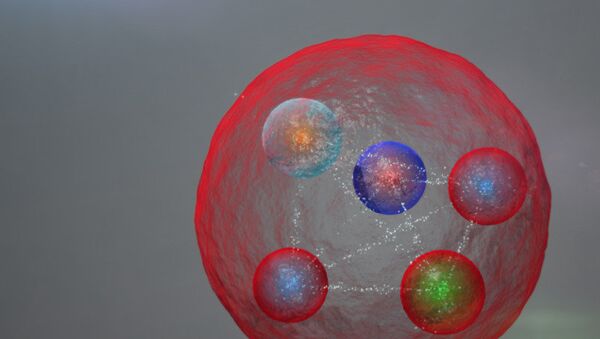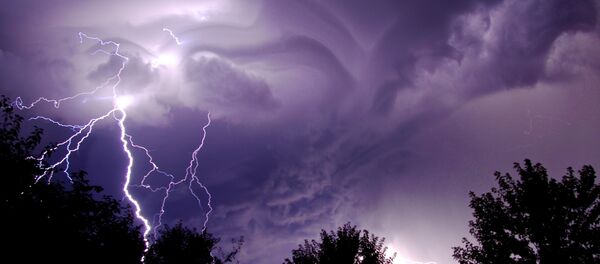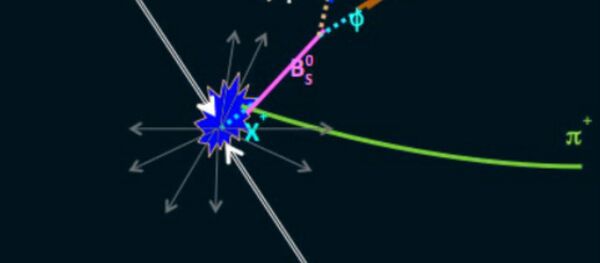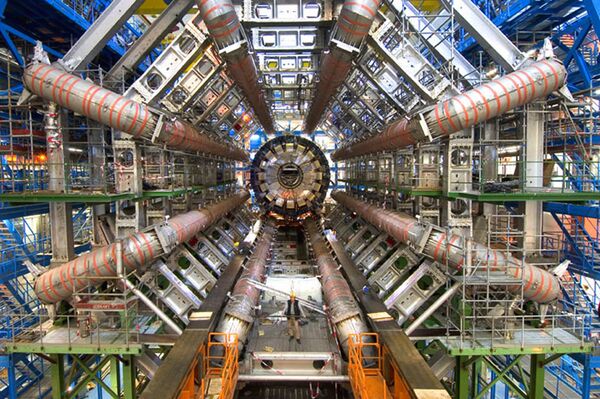Researchers collaborating on the LHCb experiment at CERN's Large Hadron Collider first announced the discovery of the pentaquark, a new type of particle containing five quarks in July last year.
"The pentaquark is not just any new particle," said LHCb spokesperson Guy Wilkinson.
"It represents a way to aggregate quarks, namely the fundamental constituents of ordinary protons and neutrons, in a pattern that has never been observed before in over fifty years of experimental searches. Studying its properties may allow us to understand better how ordinary matter, the protons and neutrons from which we’re all made, is constituted."
On Thursday, the journal APS Physics published two studies which further corroborate the existence of pentaquarks.
"One study demonstrates that the evidence for pentaquarks in the discovery data is model independent. Another reports evidence for exotic hadronic particles—whose properties are consistent with those of the previously observed pentaquarks—in a new particle-decay channel," APS reported in a synopsis of the two papers.
Quarks, along with leptons, are subatomic particles, the fundamental building blocks of matter. Most of the matter we see around us is made from protons and neutrons, which are composed of quarks.
The pentaquark is formed of two up quarks, one down quark, one charm quark and one anti-charm quark.
LHCb researchers also reported the observation of tetraquarks earlier this year, which seem to be formed from four quarks: two quarks and two antiquarks.
The quark model was first put forward by American physicist Murray Gell-Mann in 1964. He proposed that baryons, a category of particle which includes protons and neutrons, are formed by three fractionally charged objects called quarks. He also said that another category, mesons, are comprised of quark-antiquark pairs.
The model allows the existence of other quark formations such as tetraquarks or pentaquarks, but the LHCb experiment has allowed scientists to observe them for the first time.





